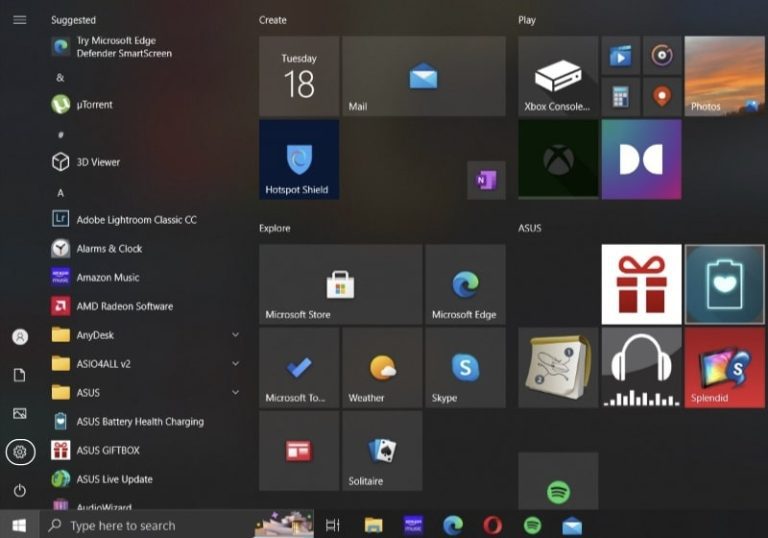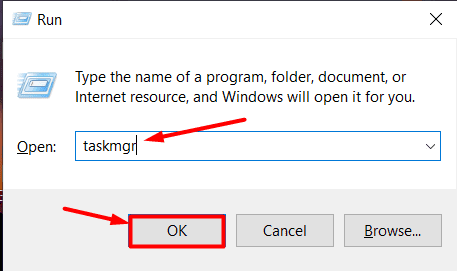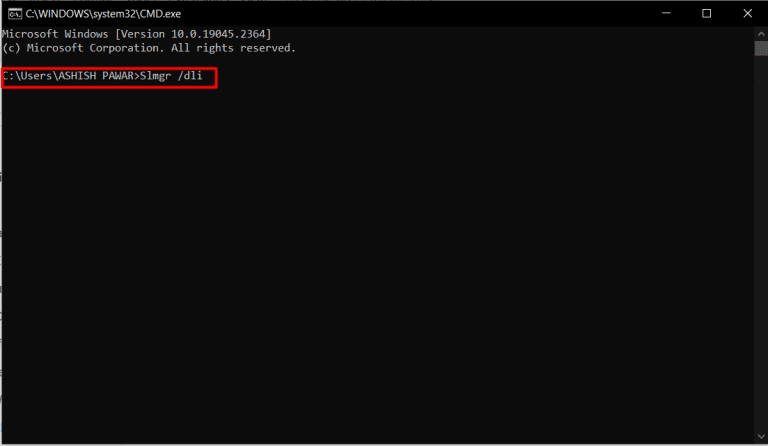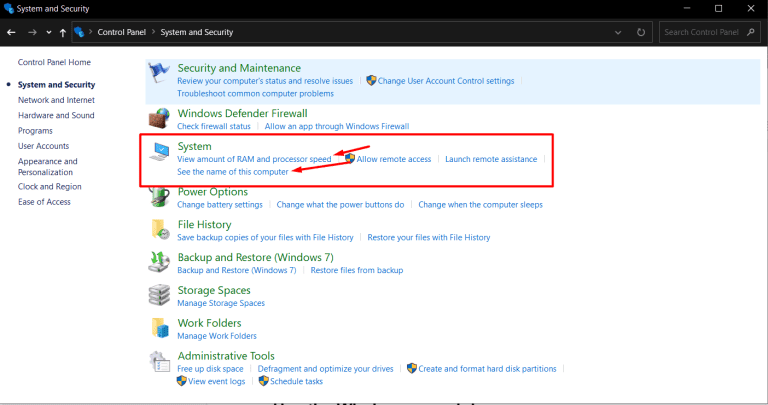What is Windows Explorer (All You Need to Know About)
Is Windows explorer the same as Internet explorer, or is something different that Windows machines have to offer? Well, don’t get confused and follow this article to know what is windows explorer.
What is Windows explorer?
For ages, most of the population around the world has been using Microsoft Windows as their primary machine for all their computer-related work.
And we understand it because it is one of the simplest yet feature-rich OS meant for an ordinary man.
It is not as confusing as a MacOS (but it is for sure a powerful OS).
However, there is a feature called Windows explorer, which is generally confused with Internet Explorer as it sounds similar.
And because of this confusion, many users have started to use these two terms interchangeably.
Now, to clear up this confusion let us provide you with a definition of what is Windows explorer.
Windows explorer (now renamed as file explorer) is a type of graphical-based file manager that helps you to manage all your files and folders in one place.
On the other hand, Internet Explorer (now renamed to Microsoft Edge) is a fast, secure, and convenient browser that can help you get your internet query solved.
Now, coincidentally both these software doesn’t need to be installed from external sources, because they come pre-bundled with the Microsoft 360 package.
However, as mentioned earlier, both this software have their own USP.
We will be discussing what can be done with files explorer here.
Talking about its usability factor, it is very easy to use, thanks to its graphical and tidy-looking user interface, which allows users to browse files, folders, hard drives, and network drives that are related/connected to their computers.
It also provides various other functionalities to format a file or folder.
For instance, you can copy, paste, move, delete, rename and share files using File Explorer.
You can also sort your files and folders according to the different filters such as; name, time, date, and size.
So, if you are someone who constantly needs to access his/her files on the PC, then the file manager is your go-to buddy.
However, Windows explorer has evolved greatly from its inception and has been providing additional features to its users,
so they don’t feel like they are using some ancient-looking file manager for their day-to-day tasks.
Below is a short briefing about the history of Windows Explorer.
History of Windows Explorer:
Windows Explorer now known as file manager has come a long way from its inception.
For instance, it was first introduced in the Windows 95 computer operating system.
It had a basic and not-so-modern user interface, which ultimately got the job done.
Afterward, some functionality and features were added to the XP version of windows explorer which were slightly better than the Windows 95 one.
However, with the recent journey of upgrades from Windows 8 to Windows 11, the UI has been revamped and made to look modern.
So, it is more catchy, suitable, and easy on the eyes of a modern-day windows user.
For instance, if you are unable to find a particular file inside your drive or folder, then all you need to do is go to the search bar visible at the upper right corner of the screen, type the name of the folder, and hit enter.
Additionally, you can also see a perfect tree-like structure on the left pane that shows different drives and folders on your windows machine.
How to access File Explorer on windows?
Now that we have seen how windows explorer has evolved since the years have passed, let’s now move on to the how to access file explorer part.
There are basically seven ways to access Windows Explorer on Windows 10;
The first way is by clicking “This PC“, “Network” or “My documents” on the desktop.

The second way is by using the “Windows key + E” shortcut.
Thirdly, you can just go to the search bar located in the taskbar, and then type “Explorer” or “File Explorer“, followed by the enter button.


The fourth way is by right-clicking on the start button, and then selecting “File Explorer.”


Next, you can click on the “ File Explorer” icon located in the taskbar.


The second last way to access Windows file explorer on a Windows PC is by clicking on the start menu and then clicking on the “Documents” option.


And finally, the last way is by activating “Run” using the shortcut “Windows + R“, and then type in “explorer” inside the Open box followed by the “OK” button.


Bifurcations that are evident on the Windows Explorer window:
We are sure that you must have seen those different bifurcations while using Windows Explorer on your PC.
These bifurcations keep the UI of the program neat and clean so that you don’t have to do the hard work of finding stuff.
To give you a better idea of the same, we have tried to cover all the divisions visible inside the File explorer along with a brief introduction.
File explorer sections.


- The toolbar:
A menu that can help you navigate through the “File Explorer.” It can also be customized by clicking on the “Customize Quick Access Toolbar.”
- Ribbon or the header menu:
This section comprises three different options; Home, Share, and View. Now, each of these options has multiple options to execute a certain command inside the File Explorer.
For instance, you can find the general commands like; copy, paste, delete and rename inside the Home option.
- Left pane:
The left pane on Windows Explorer shows a list of all the main devices and drives currently active on your PC.
It is presented in a clean tree-like structure so that it becomes easy for the user to keep a tab on his/her progress.
- The back, forward, and up arrows:
This section on the file explorer gives you the freedom to go back and forth between your files and folders, with the back and forward arrows respectively.
Whereas, clicking the “Up” arrow will redirect you to the target folder or drive which has your sub files.
- Search bar:
Visible on the right-hand corner of the screen, the search bar option gives you the flexibility to search for your files or folders with the help of their name or keyword.
Using this option can really help you save your time.
- File list:
This section of the File Explorer exposes the graphical interface of different files and folders that are part of a particular drive.
- Status bar:
This section of the File Explorer shows the numerical value of how many files are currently visible inside the file list section along with its storage value.
- Address bar:
The address bar shows you the exact location of a file or folder. This can be used to your advantage in two ways.
The first is by memorizing the address so that you know where exactly the file/folder lies.
And secondly, if you want to navigate two folders back, then you do need to press the back arrow twice, all you need to do is click on that specific address and that’s it.
Useful keyboard shortcuts for all your windows explorer needs:
There is no doubt that File Explorer is a genius file manager by Windows.
But, it is not a genius move if you are trying to do the file management work using your computer mouse.
Therefore, we have tried to jot down some of the most used and helpful keyboard shortcuts for all your Windows explorer needs.
| Keys | Function |
|---|---|
| Alt + D | Selects the address bar. |
| Ctrl + E | Selects the search box. |
| Ctrl + F | Selects the search box. |
| Ctrl + N | Opens a new window. |
| Ctrl + T | Opens a new tab and switches to it. |
| Ctrl + W | Closes the active tab. Closes the window if there’s only one tab open. |
| Ctrl + Tab | Moves to the next tab. |
| Ctrl + Shift + Tab | Moves to the previous tab. |
| Ctrl + 1, 2, 3,… | Moves to that tab number. |
| Ctrl + mouse scroll wheel | Changes the size and appearance of file and folder icons. |
| Ctrl + Shift + E | Displays all folders above the selected folder. |
| Ctrl + Shift + N | Creates a new folder. |
| Num Lock + Asterisk (*) | Displays all subfolders under the selected folder. |
| Num Lock + plus (+) | Displays the contents of the selected folder. |
| Num Lock + minus (-) | Collapse the selected folder. |
| Alt + P | Displays the preview panel. |
| Alt + Enter | Opens the Properties dialog box for the selected item. |
| Alt + Right arrow | View the next folder. |
| Alt + Up arrow | View the folder that the folder was in. |
| Alt + Left arrow | View the previous folder. |
| Backspace | View the previous folder. |
| Right arrow | Display the current selection (if it’s collapsed) or select the first subfolder. |
| Left arrow | Collapse the current selection (if it’s expanded), or select the folder that the folder was in. |
| End | Display the bottom of the active window. |
| Home | Display the top of the active window. |
| F11 | Maximize or minimize the active window. |
Conclusion:
After this long discussion, it is clear that Windows Explorer is an ancient name for today’s File Explorer by Windows and should not be confused with Internet Explorer, the computer browser.
So, what are you waiting for? Start copying, moving, deleting, renaming, and sharing all your files, which reside in your computer, with this graphical-based file explorer today.




